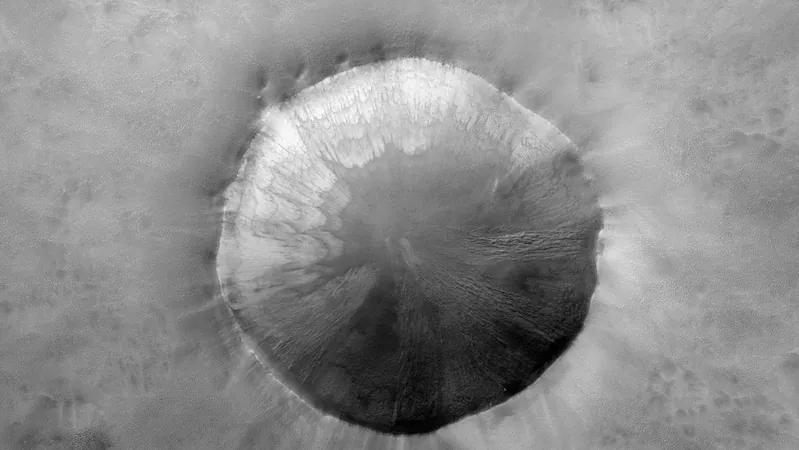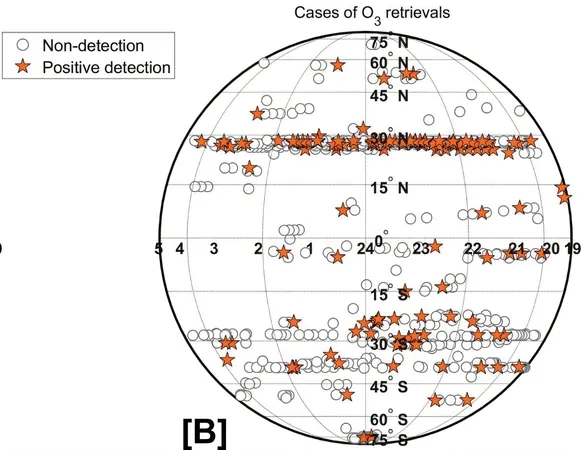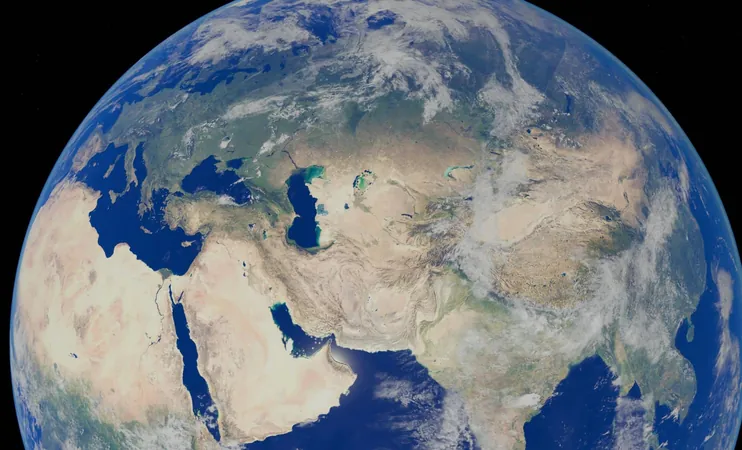
Astounding Discovery: NASA's Mars Satellite Reveals 'Dripping Paint' Patterns on the Red Planet!
2025-05-07
Author: Liam
Mystifying Markings on Mars!
High-resolution satellite imagery has unveiled astonishing patterns on the Martian surface, reminiscent of paint dripping down a wall. According to a groundbreaking new study, these intriguing soil formations could shed light on the similarities in geological processes between Mars and Earth.
Echoes of Earth: A Glimpse into Mars' Past
The patterns, known as solifluction lobes, arise in cold, mountainous areas where freezing and thawing cycles affect the soil. If Mars once experienced similar icy conditions, these formations may reveal critical insights into the role that liquid water played in the planet's history and its potential to sustain life.
JohnPaul Sleiman, the lead author of the study and a doctoral student at the University of Rochester, highlighted the importance of understanding these patterns. He stated, "Gaining insight into how these formations develop is crucial for piecing together Mars' climate history and determining if these features are recent or ancient." This research paves the way for identifying signs of past environments on Mars and potentially other planets.
What’s Behind the Patterns?
These striking wave-like formations on Mars bear a remarkable resemblance to those found in Earth’s cold regions, particularly in the Rocky Mountains and Arctic. Researchers analyzed data from NASA's Mars Reconnaissance Orbiter and established that the Martian lobes are on average 2.6 times taller than their Earth counterparts.
Gravity and Larger Lobes: A Natural Phenomenon?
The study suggests that Mars' weaker gravity allows these sediment waves to grow taller before collapsing, explaining the size difference. The shapes not only communicate a geological story but also raise questions about the presence of ground ice, further linking them to past freezing and thawing conditions.
Future Exploration Awaits!
While the research hints at a connection to liquid water, further investigation is needed to confirm its role in these formations. Future experiments could determine whether the blending of ice and liquid water is necessary for creating these captivating wave-like patterns.
Join the Adventure!
This remarkable discovery incites curiosity and amazement about Mars and its potential to host life. As scientists unravel the mysteries of the Red Planet, the possibility of uncovering signs of past or even present conditions continues to ignite our imagination.









 Brasil (PT)
Brasil (PT)
 Canada (EN)
Canada (EN)
 Chile (ES)
Chile (ES)
 Česko (CS)
Česko (CS)
 대한민국 (KO)
대한민국 (KO)
 España (ES)
España (ES)
 France (FR)
France (FR)
 Hong Kong (EN)
Hong Kong (EN)
 Italia (IT)
Italia (IT)
 日本 (JA)
日本 (JA)
 Magyarország (HU)
Magyarország (HU)
 Norge (NO)
Norge (NO)
 Polska (PL)
Polska (PL)
 Schweiz (DE)
Schweiz (DE)
 Singapore (EN)
Singapore (EN)
 Sverige (SV)
Sverige (SV)
 Suomi (FI)
Suomi (FI)
 Türkiye (TR)
Türkiye (TR)
 الإمارات العربية المتحدة (AR)
الإمارات العربية المتحدة (AR)